Gardening hydroponically became popular since a few years ago. Today, starting gardening hydroponically is a good idea either for a home garden for yourself or even for your vegetable production, leading to a business.
Considering that basil is one of the most popular culinary herbs on the globe, more and more people start planting it to make homemade pesto or just adding it to the daily meals.
Now let’s learn how to grow basil hydroponically and keep it healthy just by your side so you can access it to use for cooking, drying or even selling it to the farmer’s market.
Hydroponic Basil Fertilizers
In general, the basil gardeners usually use a typical nutrient mix as fertilizers for hydroponic basil. However, each hydroponic plant basically needs a distinct nutrient composition which is appropriate for its growth.
In this case, the best fertilizers which are considered suitable for hydroponic basil includes a mix of potassium and calcium that take up to 50% of nutrients needed by the plants.
This way, make sure that the ratio of the nutrient mix for basil has a well-maintained potassium and calcium ratio. They are the essential nutrients that are directly linked to the basil flavor and oil.
Nitrogen is also a good fertilizer for hydroponic basil. It is also a critical ingredients to help yield the basil leaves. This, it is vital to keep nitrogen constant in time.
There is one more critical fertilizer for basil. It is magnesium which has a direct link to the basil composition. It also helps yield the essential oils contributing the basil flavor and aroma.
Keep in mind that getting the right nutrient mixture for your hydroponic basil is critical to keep it alive healthily. If it lives healthy without an issue, growing it more for markets can be a greater idea than just growing if for your own meals addition.
Hydroponic Basil DIY
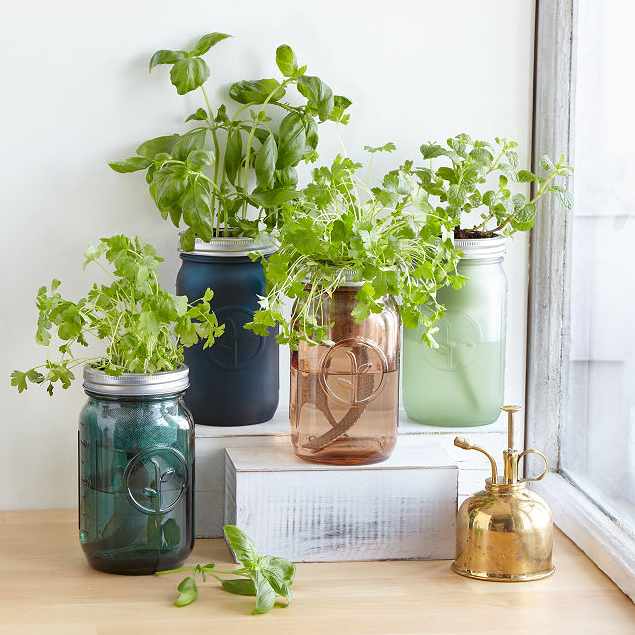
Hydroponic basil DIY means you are growing basil plant by yourself.
Actually, hydroponic basil plant is basically grown in a soil-free system, meaning that no soil needed for planting. The best thing about hydroponic basil is that there will no soil problem at all.
Some characteristics of this basil type is the shiny green leaves and the ability to hold water and monitor condensation. One issue to take into account is the humid weather condition which is close to 70% occurring in a long period.
Hydroponic basil is widely used for culinary herbs. Thus, many gardeners start learning how to grow it indoors when they have only limited space for gardening.
There are two best ways of how to grow basil hydroponically that are through cuttings and seeds.
Cuttings
It is not complicated to grow hydroponic basil as you may think of. Before you start the cuttings way, you’ll need the following things to be ready you.
Here are the things to prepare:
- An LED array
- 3” net pot
- Mason jars
- Liquid hydroponic nutrients for basil
- Rooting hormone for the fast plant cloning
- Rockwool grow cube
- Hydroton grow cube
- Large container or jar to combine the liquid nutrients
- Eye-dropper to measure nutrients
- Squeeze bottle to easily distribute the nutrients
- Clear plastic drinking cups
And here are the steps to follow:
- Rinse the hydroton clay pebbles in a filter and set aside.
- Blend the nutrients mix based on the back label for the detailed instructions. Mix the nutrients using the eyedropper.
- Add some mix to the squeeze bottle.
- Pick a Rockwool grow cube and the plant you are going to clone.
- Snip off the cuttings. Choose the healthy stem that has node along with the multiple leaves. Snip halfway around between the plant’s stem and node.
- Use your squeeze bottle to apply nutrients to the hole in your Rockwool cube.
- Dip the stems you have cut in to the hole of your Rockwool cube.
- Locate the cube and plant into the net pot.
- Fill the pot using the clay pebbles.
- Pour about a third of the way of mix nutrient solution into the Mason jar.
- Place your net pot into the jar mouth. Keep it perfectly fit above the water solution.
- Use the squeeze bottle to add more nutrients. Makes sure you repeat the action until the water covers the bottom part of the net pot.
- To create humidity spot, the plastic cup should be placed over the plant and on the top of the jar. This is aimed to help your basil grow its roots.
- Leave the humidity arena in place for about seven days.
Don’t forget to check the status of the root growth. Once you notice the root system is developed, it is the time to transplant the basil into the separate Mason jar in order that it can continue its growth.
Seeds
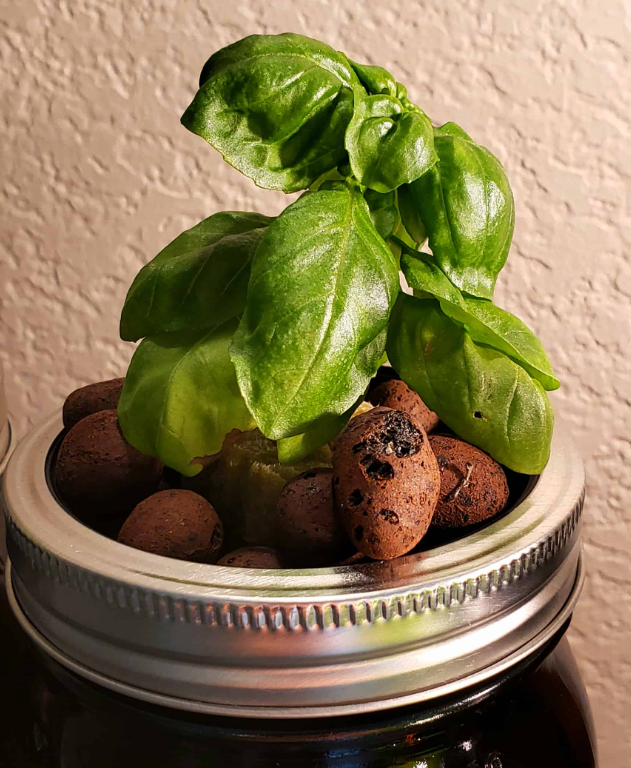
Of you want to grow basil hydroponically from seeds, well, you have nothing to worry about. That is because growing it from seed is much easier than you do from cuttings.
Here are the things to prepare:
- Humidity dome
- Rockwool cubes
- Heat pad
- Water
- Hole-less seed tray
And here are the steps to follow:
- Locate your Rockwood cubes into the tray which is hole-less.
- Immerse your Rockwool cubes in water and set aside.
- Pick up seeds and add them to the holes in the Rockwool cubes. This way, adding six seeds per cube is recommended.
- Pick up your humidity dome.
- Locate the heating mat onto the bottom tray of the humidity dome.
- Sit the tray which is hole-less on the top part of the heating mat.
- Pad the humidity dome on the top.
- When you notice your seeds are sprouting and growing their first adult leaves, add some diluted fertilizers into the tray using your cubes so that things are moving.
Let your basil plants in this setup for about fourteen to twenty one days or until the plants are growing completely.
After that, move them into the permanent hydroponic system you have prepared.
Also read: The Ultimate Guide to Hydroseeding
Hydroponic Basil Problems
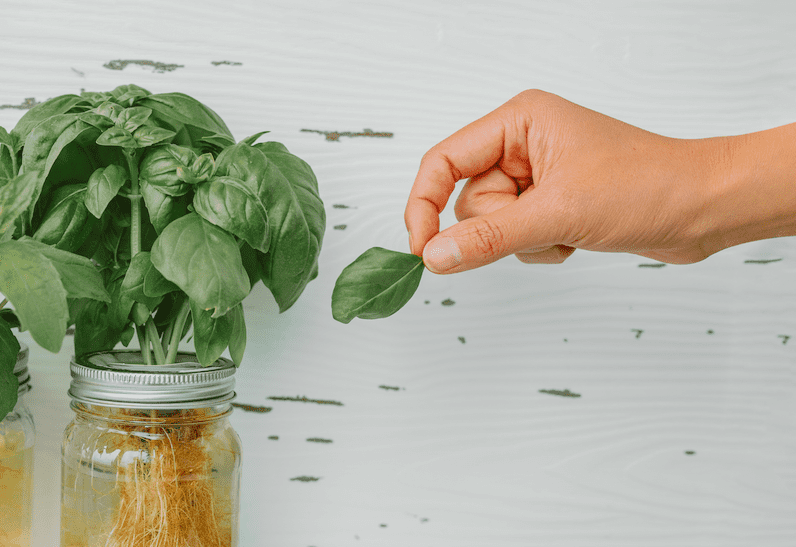
Aphids and Whiteflies are the two source of hydroponic basil problems.
Those two kinds of organism typically attack all types of basil. Moreover, not only basil but also all hydroponic plants are prone to attack by fungus Gnats. The common diseases are usually fusarium wilt and damping.
To maintain the basil, you can enhance the basil disease resistance by providing enough nutrients regimen and stamina to maintain the hydroponic environment.
The major issues of growing basil hydroponically arise from nutrients case, either excessive or insufficient nutrient level and environmental problems that obstruct the way the plant draws nutrients to its tissues.
Hydroponic Basil Care
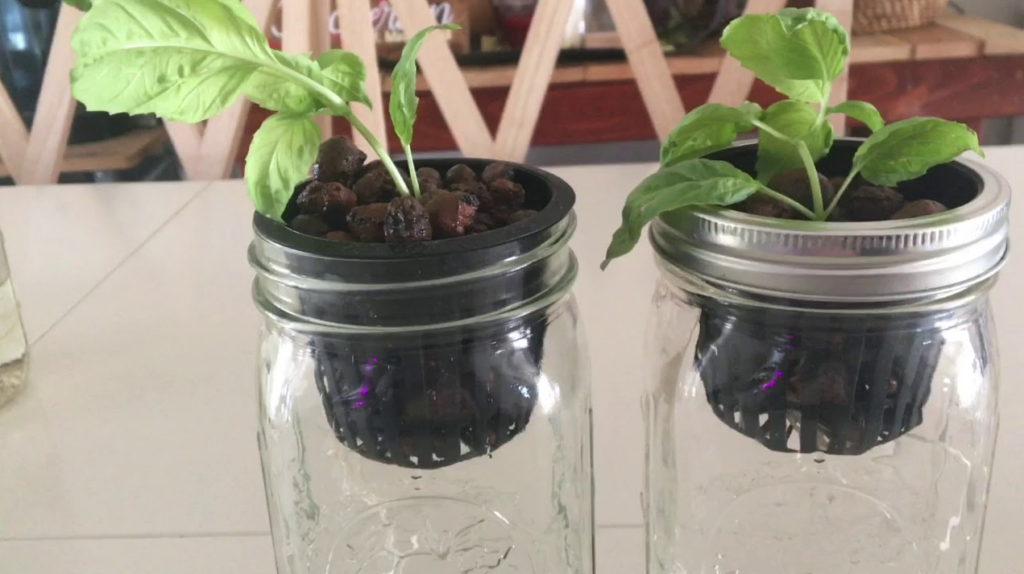
Once you successfully apply the steps on how to grow basil hydroponically either from cuttings or from seeds, the next thing to learn is how to care of them.
As you know, growing basil is not as difficult as you may think of, the way you are taking care of them should not be hard either.
Here are the things to keep in mind in taking care of the hydroponic basil:
Keep The Air Circulation
There must be a healthy amount of humidity available in the air to grow the hydroponic basil.
However, it is also crucial not to have stagnant air to avoid the issue such as mildew.
Keep the air circulation around your basil plants using a good fan. Just don’t allow the humidity to get higher than 60% in the greenhouse.
Prune The Basil Regularly using Shears
Pruning the basil regularly is also one of the most crucial things to take into account when growing hydroponic basil.
In fact, basil grows very quickly, making it necessary to monitor daily particularly if you grow the basil for markets.
Just start pruning the basil every time it grows the second leaf node to start branching.
Pick up any drying leaves and remain only the healthy leaves. Go on cutting the branches when the young basil gets its maturity. This is aimed to make the plant in forming the compact shape.
Choose Hydroponic Tips that Are Suitable for Basil
You may keep question what kind of hydroponic tips that will be suitable for basil. This way, you’ll need a tip that is high in nitrogen, calcium and potassium if you are growing thriving plants.
Hence, you need to recognize the basil type you are growing and determine the suitable tips for your basil.
Have The Right pH for Hydroponic Basil
It is very much vital to provide your basil plants with the optimal growing conditions if you want healthy and productive basil. In this case, it is highly recommended that the pH is 6.0 to 6.2.
Give Your Plants Enough Light and Heat
The next tip to take care of hydroponic basil is to give it enough light and heat.
Typically, hydroponic basil requires at least 14 hours of sunlight each day. The temperature is also aimed for 65 to 70 degrees F.
Warmth is also considered essential for growing basil well and healthy especially when you are just starting the plant.
Hydroponic Basil Nutrients
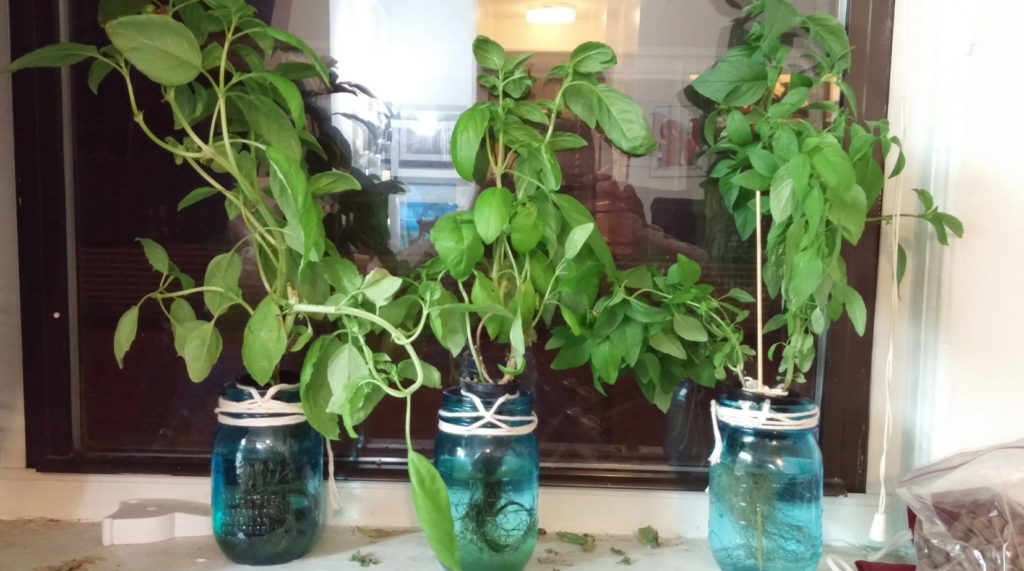
If you are wondering how to grow basil hydroponically, perhaps you need to question whether you give the plant the needed nutrients or not.
Mostly, some of the basil gardeners give basil a generic nutrient mixture. This way, they typically use the same applicable formula which is suitable for other hydroponic plants, herbs, and other variants such as lettuce, too.
However, every plant must be given a separate nutrient composition to grow the plant well. This way, basil need it.
Once you see the basil plant grow maturely, their nutrient necessity will change. Growing basil hydroponically usually needs the mixture of potassium and calcium as the nutrients.
Therefore, the ratio of nutrients mix of potassium and calcium must be well maintained. Typically, basil needs a high level of ratio which is 1:1.
Why potassium and calcium? Truly, they are kinds of nutrients that are directly associated with the oil and flavor of basil branches and leaves.
In addition to the nutrients needed by the basil, nitrogen also play an important role in yielding leaves. Hence, it is very crucial to keep the nutrients available and constant at all points.
After potassium, calcium and nitrogen, magnesium is also listed. In this case, magnesium is much of advantage in keeping the nutrients at 50ppm level.
Further, magnesium is also directly linked to its composition, yielding the some certain essential oils that much contribute to the basil aroma and flavor.
Also read: How to Cut A Dragon Fruit Fresh From Your Garden
Harvesting Your Basil
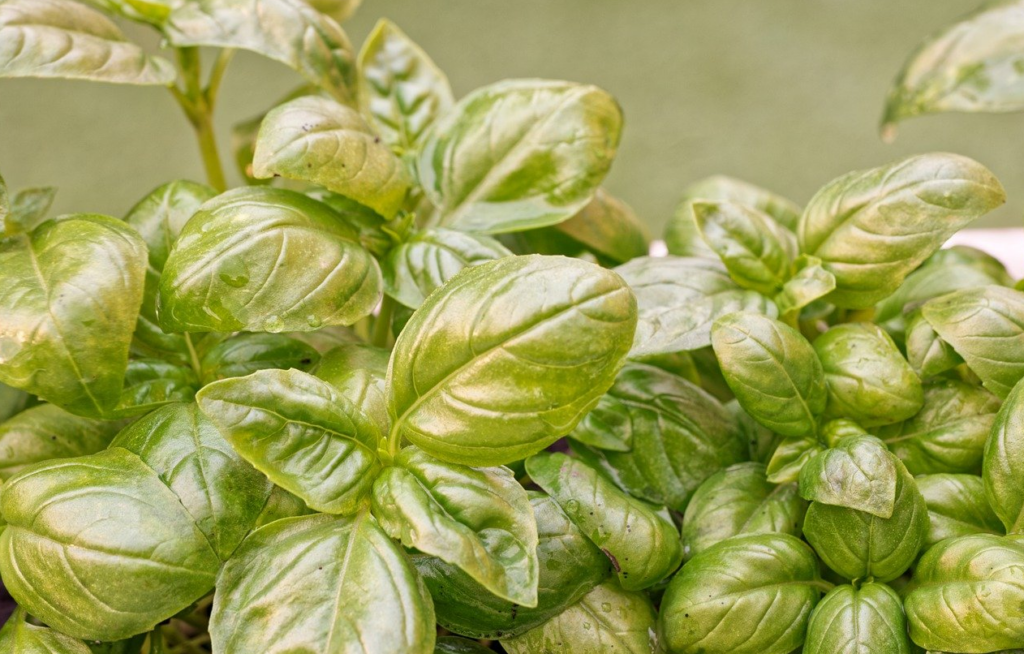
When all the things about growing basil are already stayed on your mind, the main question springing up next is when you will harvest the basil.
For most basil gardeners, bushier plant is much better and a pruned plant will also look better and yield more. As a result, the growing process is faster.
By the way, pruning the basil such way will help boost the production of basil branches and leaves as well as control the basil plant shapes.
Harvesting basil must be done by wrapping the leaves in a plastic and store them at temperatures between 54 degrees F to 57 degrees F.
Locate the stems that you have been cut into a glass of water in a room temperature. This is aimed to maintain the basil life for several days to come.
In short, if you are growing basil well and keep its healthy, it will also keep producing branches and leaves so that you can harvest the herbs well and regularly.
Final Words
Overall, it is just easy and quick to grow basil without soil. Just make sure you follow every tips on how to grow basil hydroponically confidently and completely.
It is also fun and much of advantage to grow basil and harvest it to add to your meals for more flavor. Further, it can also be a great way to turn your gardening hobby into profits, yeah…leading to a business.